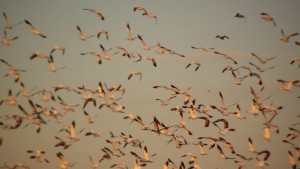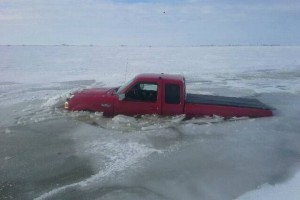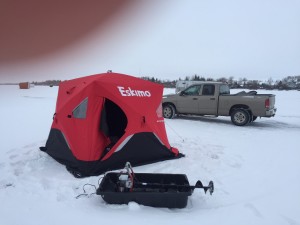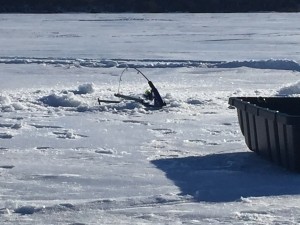Online camping reservations for all Saskatchewan Provincial Parks are now open on the Sask parks Reserve-A-Site page at: www.saskparks.net/Reserve-a-Site.
Fees have been increased this year but with plenty of hype around the Canada 150 celebrations, expect demand to still be strong for camping spots this year. The fee increases are across the board including individual campsites, group camping and seasonal campground reservations.
The dates for online reservations opening are:
- April 4: Blackstrap, Pike Lake
- April 6: Echo Valley, Rowan’s Ravine.
- April 7: Duck Mountain, Good Spirit Lake, Greenwater Lake.
- April 8: Crooked Lake, Moose Mountain.
- April 9: Cypress Hills.
- April 10: The Battlefords, Saskatchewan Landing.
- April 11: Meadow Lake.
- April 12: Bronson Forest, Chitek Lake, Lac La Ronge, Makwa Lake.
- April 13: Candle Lake, Narrow Hills, Great Blue Heron.











